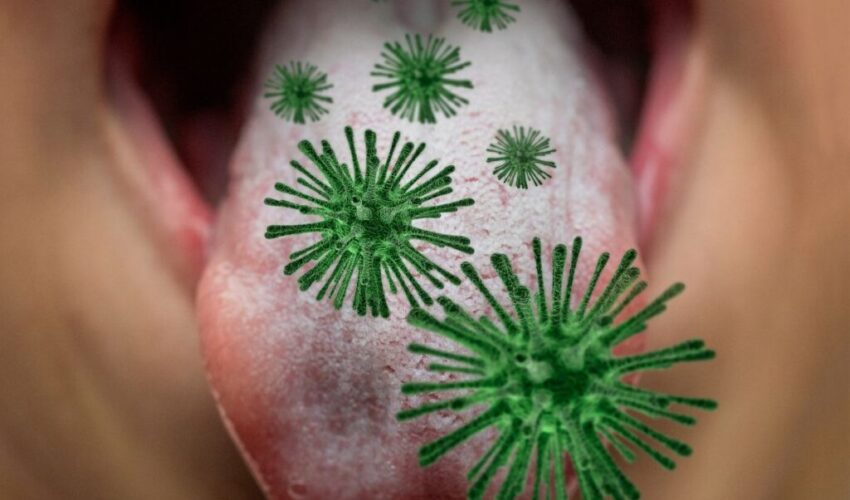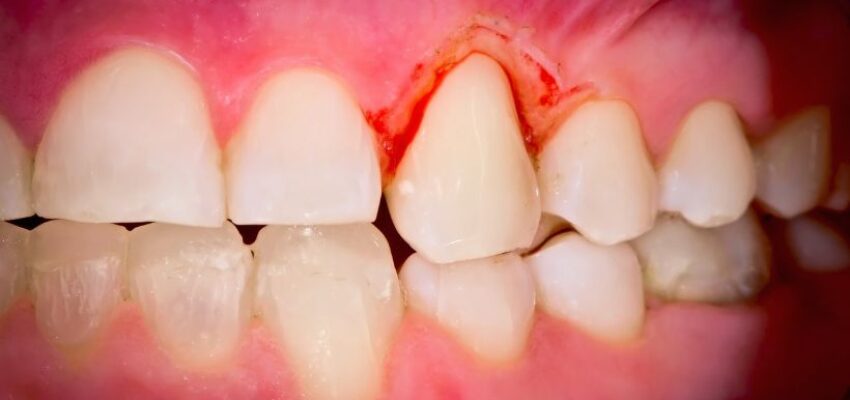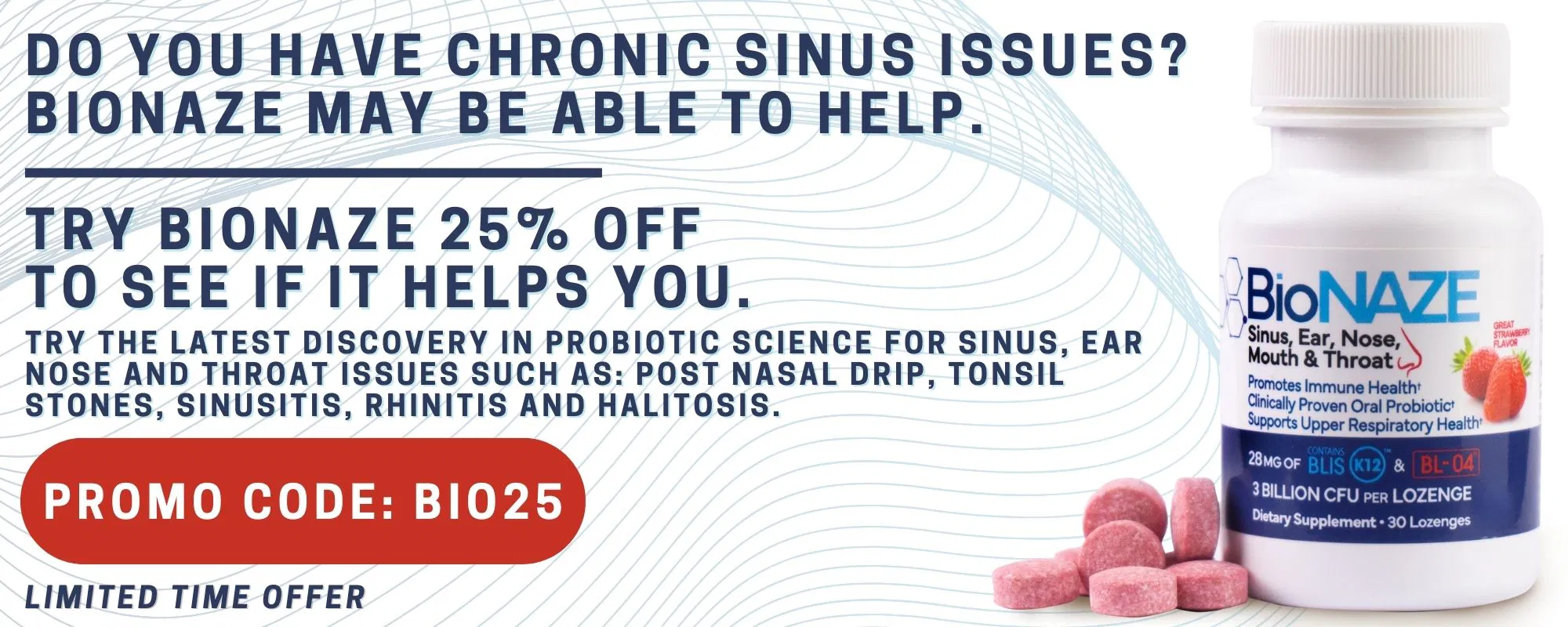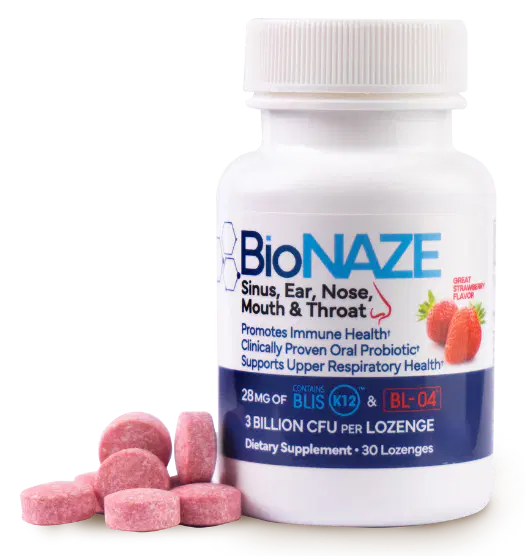Mouth Bacterial Infection: Symptoms and Treatments

Published May 29, 2023
The mouth is a gateway to your body, and any infections or diseases affecting it can significantly impact your health. One common problem that many individuals face is mouth bacterial infections. In this article, we will explore the symptoms, causes, diagnosis, and treatments of these infections to help you understand and manage them effectively.
Types of Mouth Bacterial Infection
Oral health plays a vital role in our daily lives. It affects our ability to eat, speak, and interact with others. Unfortunately, the mouth is an ideal environment for bacteria to thrive. When the balance between good bacteria and harmful bacteria is disrupted, a bacterial infection in mouth can occur.
There are different types of mouth bacterial infections, each with its characteristics and effects. The most common ones include dental caries, periodontal disease, oral thrush, angular cheilitis, and gingivitis.
Dental Caries
Dental caries, commonly known as tooth decay or cavities, is a prevalent oral condition caused by bacterial activity that demineralizes and destroys tooth structures.
Symptoms
The early stages of dental caries may not present noticeable symptoms. However, as the condition progresses, certain signs may become evident. Here are some common symptoms of dental caries:
- Toothache: Tooth decay can cause pain or sensitivity, especially when consuming hot, cold, or sweet foods and beverages.
- Visible discoloration: Cavities can result in visible discoloration on the surface of the affected tooth. This may appear as white, brown, or black spots or stains.
- Tooth sensitivity: Dental caries may cause discomfort or a temporary pain sensation.
- Visible pits or holes: Advanced tooth decay can lead to the formation of pits or holes on the tooth surface, indicating the presence of cavities.
- Bad breath: Bacterial activity within cavities can produce foul-smelling breath that persists, even after oral hygiene measures such as brushing and mouthwash.
Treatment
The treatment of dental caries aims to remove the decayed tooth structure, prevent the progress of decay, and restore the tooth’s functionality and appearance. The appropriate treatment approach may depend on the extent of the decay and its location. Common treatment options include:
- Dental fillings: With this method, the decayed portion of the tooth is removed, and the resulting cavity is filled with a suitable restorative material.
- Dental crowns: A dental crown may be recommended when dental caries have significantly compromised the tooth structure or when the cavity is large.
- Root canal therapy: A root canal procedure may be necessary if dental caries reaches the innermost layer of the tooth, called the pulp.
- Tooth extraction: In severe cases where the tooth is extensively damaged and cannot be restored, extraction may be the only viable option.
Periodontal Disease
Periodontal disease, or gum disease, is a common oral condition affecting the gums and supporting structures around the teeth caused by bacteria.
Symptoms
Periodontal disease often begins with mild symptoms that may go unnoticed. However, as the condition advances, certain signs may indicate the presence of gum disease. Here are some common symptoms to watch out for:
- Gum inflammation: Swollen, red, or tender gums are early signs of gum disease.
- Bleeding gums: Gums that bleed easily, especially during brushing or flossing, may indicate gum disease.
- Persistent bad breath: Constant bad breath that doesn’t improve with oral hygiene measures may be a sign of periodontal disease.
- Receding gums: As gum disease progresses, the gums may start to recede or pull away from the teeth, exposing more of the tooth surface and root.
- Formation of pockets: Deep pockets may develop between the teeth and gums due to the detachment of the gum tissue.
- Loose or shifting teeth: Advanced gum disease can lead to tooth mobility or changes in how the teeth fit together.
Treatment
The appropriate treatment approach may depend on the severity and stage of the disease. Treatment options for periodontal disease include:
- Scaling and root planing: This deep cleaning procedure involves removing plaque and tartar (calculus) deposits from the tooth surfaces and below the gum line.
- Antibiotics: In some cases, antibiotics may be prescribed to control bacterial infection.
- Surgical interventions: Advanced cases of periodontal disease may require surgical procedures to access and clean the infected areas.
Oral Thrush
Oral thrush, or oral candidiasis, is a common fungal infection affecting the mouth and throat. It occurs when there is an overgrowth of Candida albicans in the oral cavity.
Symptoms
Oral thrush can manifest in various ways and may present the following symptoms:
- White patches: The primary symptom of oral thrush is the presence of creamy white, raised patches on the tongue, inner cheeks, gums, and the roof of the mouth.
- Redness and soreness: The areas surrounding the white patches may appear red and inflamed.
- Loss of taste: Oral thrush can temporarily affect the taste buds, leading to a diminished sense of taste or an unpleasant taste in the mouth.
- Cracking and bleeding: In severe cases, the corners of the mouth may become cracked, sore, and prone to bleeding.
- Difficulty in eating: The discomfort and sensitivity caused by oral thrush can make eating and swallowing challenging, leading to decreased appetite.
Treatment
The oral thrush treatment aims to eliminate the Candida fungus and alleviate the associated symptoms; these include:
- Antifungal medications: Topical antifungal medications, such as antifungal mouth rinses or lozenges, are often prescribed. Oral antifungal medications may be necessary in more severe cases or when the infection does not respond to topical treatments.
- Good oral hygiene: Regularly brushing the teeth, tongue, and gums with a soft-bristle toothbrush and using an antifungal mouthwash can help reduce the fungal load in the mouth.
- Probiotics: Probiotic supplements or probiotic-rich foods may be recommended to restore the natural balance of microorganisms in the mouth and prevent the overgrowth of the fungus.
- Treating underlying conditions: If oral thrush is caused by an underlying medical condition, such as uncontrolled diabetes or a weakened immune system, it is crucial to address and manage it to prevent recurrent episodes of oral thrush.
- Lifestyle and dietary adjustments: Avoiding or minimizing the consumption of sugary and yeast-containing foods can help create an unfavorable environment for fungal growth.
Angular Cheilitis
Angular cheilitis, also known as perleche, is a common condition characterized by inflammation and soreness in the corners of the mouth.
Symptoms
Angular cheilitis typically presents with the following signs and symptoms:
- Redness and inflammation: The corners of the mouth become red, swollen, and irritated.
- Cracked or fissured skin: The skin at the corners of the mouth may become dry, cracked, and even develop small cuts or fissures.
- Soreness and discomfort: Angular cheilitis can cause tenderness, soreness, and a burning sensation in the affected area.
- Itching or irritation: Some individuals may experience itching or a sensation of tightness around the corners of the mouth.
- Crusting or oozing: In severe cases, the affected area may develop a crust or discharge, which can be uncomfortable and unsightly.
Treatment
The approach may vary depending on the underlying cause of angular cheilitis. Here are the common treatment options for angular cheilitis:
- Topical ointments or creams: Applying a topical antifungal or antibiotic cream to the affected area can help combat any fungal or bacterial infection contributing to angular cheilitis.
- Moisturizing ointments: Using a moisturizing ointment or petroleum jelly can help keep the affected area hydrated, preventing further dryness and cracking.
- Topical corticosteroids: In cases where inflammation is significant, a topical corticosteroid cream or ointment may be prescribed to reduce redness, swelling, and discomfort.
- Antifungal or antibacterial medications: If a fungal or bacterial infection causes angular cheilitis, oral antifungal or antibacterial medications may be prescribed to address the underlying infection.
- Dietary and lifestyle adjustments: In some cases, nutritional deficiencies, immune system deficiencies, or poor oral hygiene may contribute to angular cheilitis.
- Addressing denture issues: Ill-fitting or poorly maintained dentures can contribute to angular cheilitis.
Gingivitis

Gingivitis is typically caused by the accumulation of plaque, a sticky film of bacteria that forms on teeth and can lead to more severe gum diseases if left untreated.
Symptoms
The symptoms of gingivitis may include:
- Gum redness and swelling: The gums may appear redder than usual and feel tender or swollen.
- Bleeding gums: One of the common symptoms of gingivitis is bleeding gums, especially during brushing, flossing, or eating.
- Gum recession: Gingivitis can cause the gums to recede or pull away from the teeth, exposing the tooth roots.
- Persistent bad breath: The accumulation of bacteria and plaque in the mouth can result in chronic bad breath, also known as halitosis.
- Tender or painful gums: Gingivitis may cause discomfort or pain in the gums, especially when pressure is applied.
Treatments
Here are common treatment options for gingivitis:
- Professional dental cleaning: A dental professional will thoroughly clean to remove plaque and tartar buildup from the teeth and along the gumline. This process, known as scaling and root planing, helps eliminate the bacteria and irritants causing gingivitis.
- Improving oral hygiene: Good oral hygiene at home is vital in treating and preventing gingivitis.
- Antimicrobial mouthwash: Your dentist may prescribe or recommend an antimicrobial mouthwash to help reduce bacterial activity and control plaque buildup.
- Dietary and lifestyle adjustments: Maintaining a balanced diet that is low in sugary and acidic foods can help prevent further gum irritation. Also, avoiding tobacco products and managing stress can contribute to gum health.
- Regular dental check-ups: Scheduling regular dental check-ups allows your dentist to monitor the progress of gingivitis, provide professional cleanings, and offer guidance on proper oral hygiene practices.
Conclusion
Mouth bacterial infections can significantly impact oral health and overall well-being if left untreated. Recognizing the symptoms, understanding the causes, and seeking timely professional treatment are key to managing these infections effectively. By maintaining good oral hygiene, visiting the dentist regularly, and adopting preventive measures, you can minimize the risk of developing mouth bacterial infections and promote a healthy mouth.
Benefit From The Latest Advancements In Probiotic Science With Bionaze
Bionaze is a proprietary blend of probiotics proven to promote ear, nose, and throat health, improve digestion, and support your immune system. The active ingredients BLIS K12, and BL-04 are considered among the best probiotics according to science.
Get 25% Off Your First Order when you use BIO25 at checkout!

This Content Has Been Reviewed For Factual Accuracy
This content has undergone thorough fact-checking by our team of internal experts. Learn more about the meticulous editorial standard for our website here.
ADVERTISEMENT

About The Author
Krizzia Paolyn has a bachelor’s degree in Psychology. She started her career as a content writer for various digital magazines and renowned publications. It has always been her passion to share her voice, and at the same time, to encourage other people to speak up.




